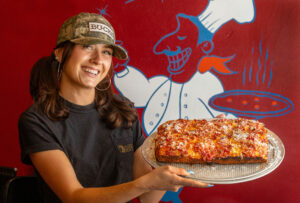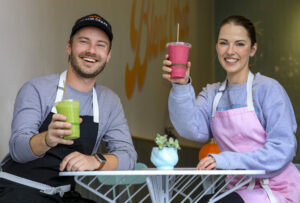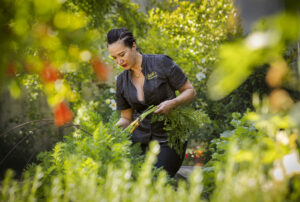Sonoma cheesemakers find the perfect canvas for playing with texture and ingredients.
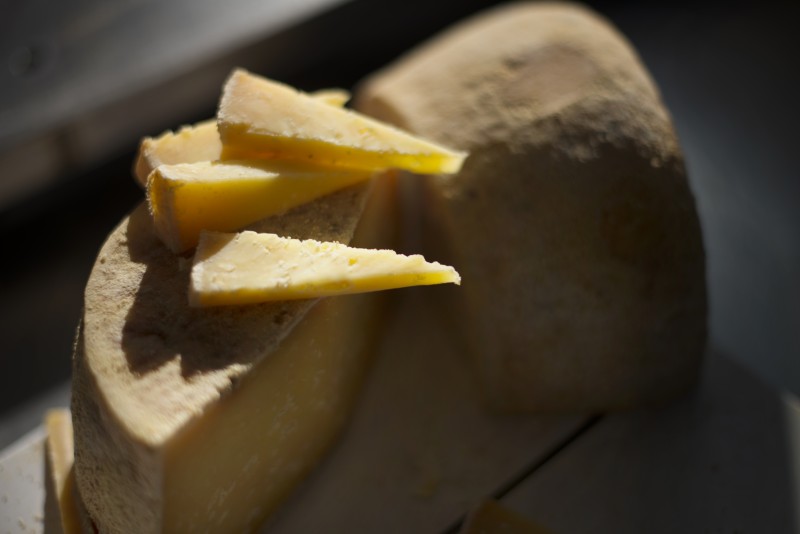
When Achadinha Cheese Company rolled out its Lonely Goat Garlic cheese curds three years ago, it was quite a break from tradition. The 290-acre Petaluma farm was best known for its classic goat’s milk chèvre, rather than these new-fangled curds in flavors like Herbie Curd (infused with fresh herbs) or Hot Hilda (with pepper flakes, cayenne pepper and sea salt).
“We wanted variety at the 70 or so farmers markets we supply,” says Achadinha co-owner Donna Pacheco, whose family had raised dairy cows since 1955, until they switched to frolicking goats in 1997. “We are doing quite a few different cheeses now, some in blends of goat’s and cow’s milk. Our biggest thing coming is kefir cheese in flavors like apple, cherry, lemon, berry, vanilla or anything in season.”
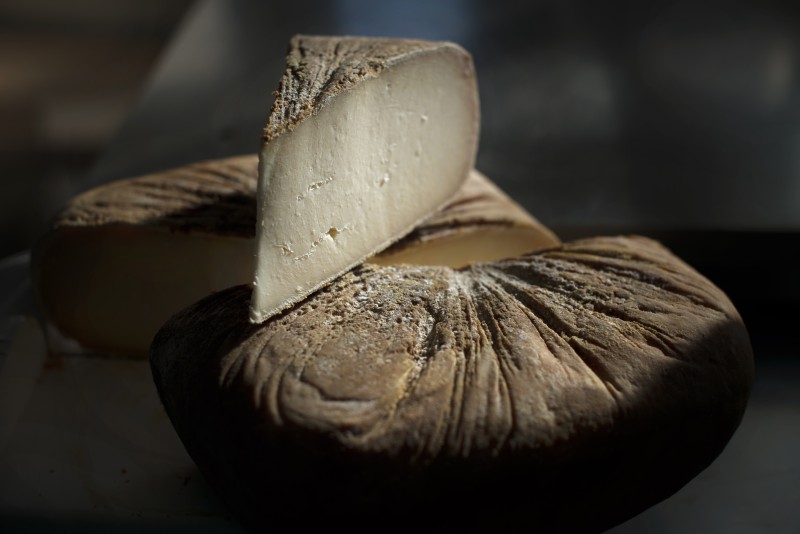
Unfamiliar goat cheese flavors are now a signature for Redwood Hill Farm, as well. In business since 1968, the Sebastopol farm is revered for its fresh chèvre, a rindless goat cheese that’s rich and bright with a distinctive tang, light citrus notes and just a bit of salt. But today, the company offers a chèvre spiked with pink, green and black peppercorns, a garlic-chive chèvre and a roasted chile chèvre, plus specialties like Smoked Goat Cheddar, and Cameo, a creamy, high-butterfat Camembert-style bloomy rind goat cheese sprinkled in fresh herbs.
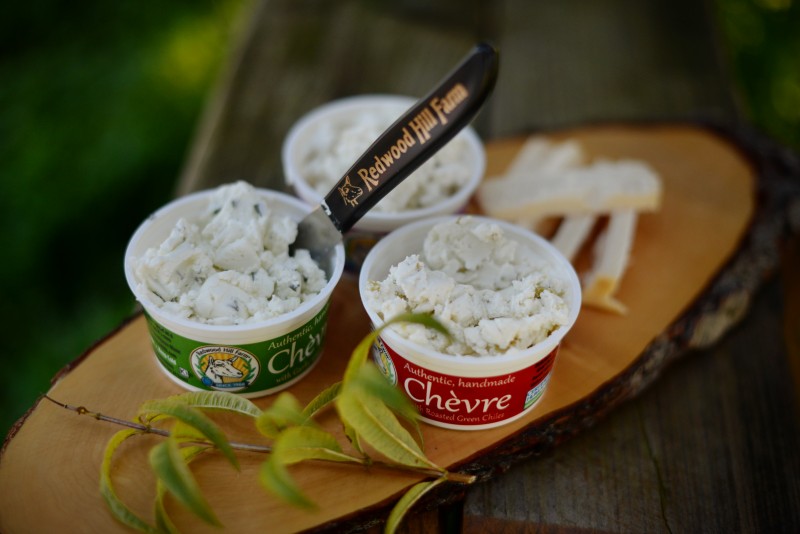
Sonoma County has long been known for its beautiful goat’s milk. And the rest of the nation has been embracing the boutique fromage’s charms ever since the now-famous Laura Chenel’s Sonoma chèvre was first rolled into a log and showcased on the Chez Panisse menu in 1981.
Yet the popularity of surprising textures and complex add-in ingredients is growing, driven by entrepreneurs such as newcomer Chevoo of Healdsburg. The company produces cubed chèvre marinated in extra virgin olive oil that’s seasoned with combinations like smoked rosemary, California dill pollen and garlic, and Aleppo-Urfa chile and lemon. The cheeses are infused with the crushed botanicals for up to eight weeks, delivering a powerful punch to the mild dairy product.
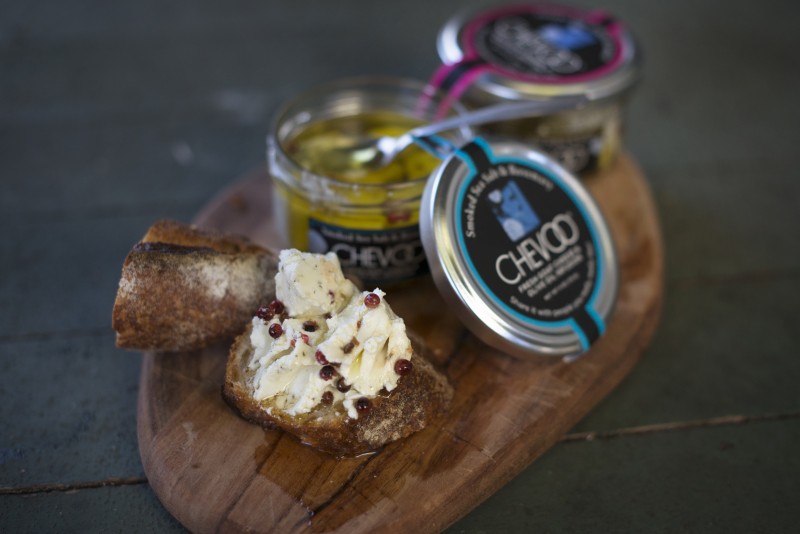
Early last year, Laura Chenel’s introduced a line of marinated Cabécoustyle goat cheese, including one with California extra-virgin olive oil and herbs and one with jalapeño olive oil, organic canola oil and crushed chiles. Last spring, it debuted a log of fresh goat cheese blended with garlic and sun-dried tomatoes and rolled in red and green pimento peppers.
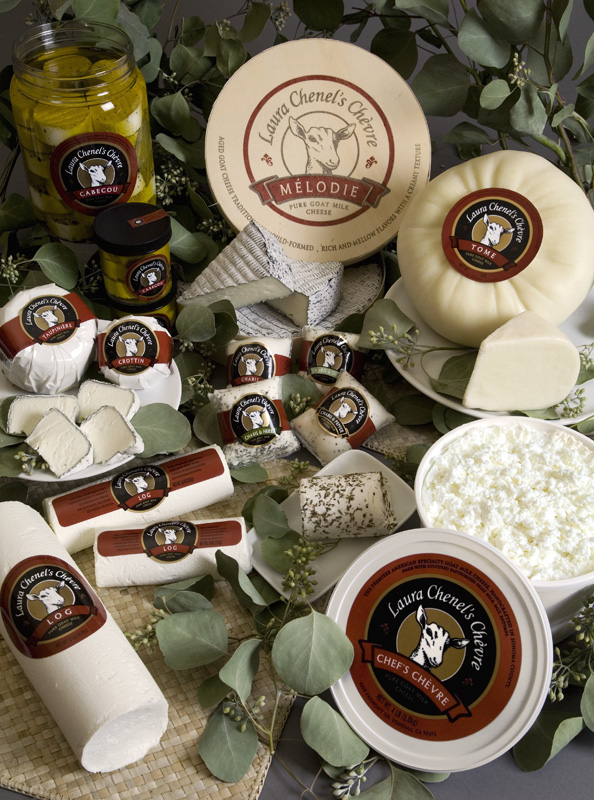
It’s clear that big, bold flavors are trending, and customers are eating them up. In 2015, Chevoo products were in 20 local stores. Now the company supplies some 400 outlets nationwide, including Whole Foods. Demand has been such that this past November, Chevoo cofounders Gerard and Susan Tuck opened a 10,000-square-foot production facility in an industrial area of Healdsburg, relocating from their original offices in downtown Sonoma. The Tucks are working on three new “closely kept secret” flavors for release later this year. Gerard Tuck offers a few hints: “Something bright and fresh for summer, something decadent for the festive season, and something sweet to kick off 2018.”
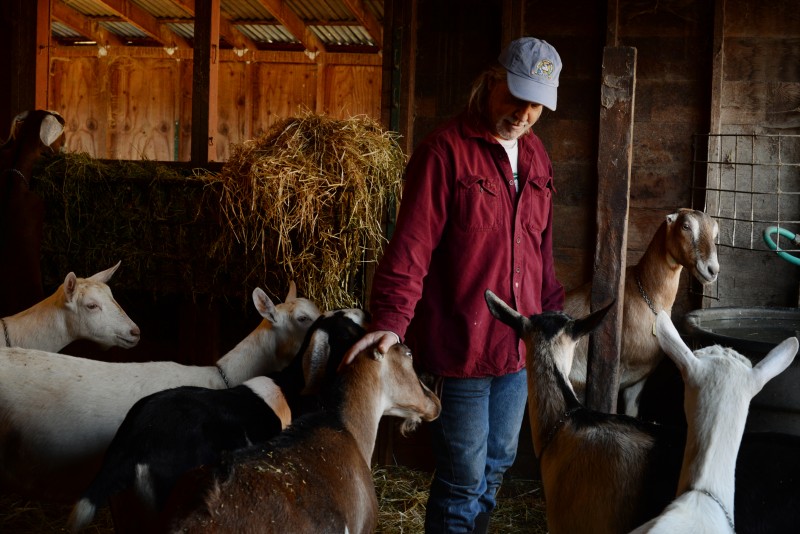
The current focus on artisanal cheese in interesting flavors doesn’t surprise Redwood Hill farm and marketing supervisor David Bice, whose family founded the creamery. “It’s following an influx of specialty, gourmet craft foods,” he says, “plus people’s general desire to support local quality.”
Goat’s milk is the perfect blank canvas for such culinary art, he adds, offering greater nuance than traditional cow’s milk. Working with some 300 goats on his family’s 20-acre property, his team fashions a Bucheret cheese that’s dense and buttery with earthy notes, a goat feta and several goat cheddars. Traditional feta is the best-seller.
“We’ve been making feta the longest, and it’s so versatile with food and drink. It’s less salty than most other fetas,” he says. “I call it — and the cheddars — our gateway cheese. People try it, discover they really like it, and then get brave to try our other goat cheeses.”
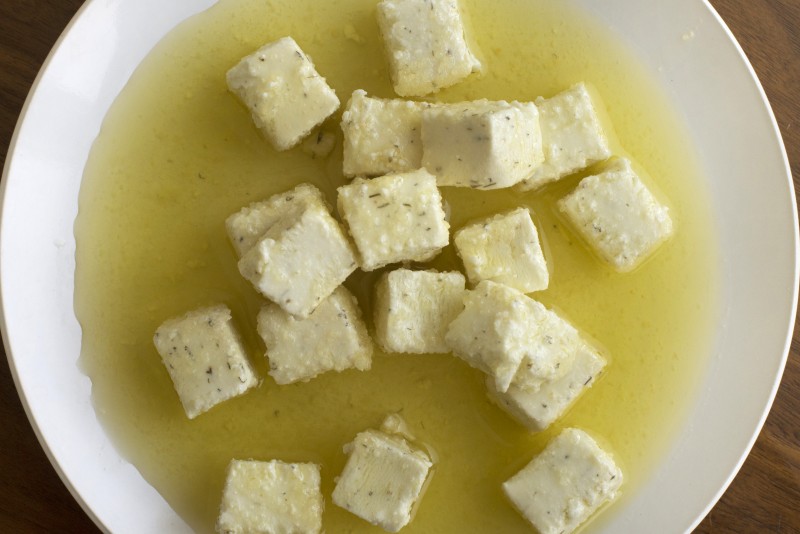
The current mission, says Tuck, is elevating simple goat cheese into a larger savory category with a wider variety of uses — inspired by the way he and his wife long enjoyed the cheese in their native Australia before relocating to Sonoma a few years ago.
“We find that foodies entertain with Chevoo slathered on crusty bread or a rustic cracker, and also cook with Chevoo,” Tuck says. “There’s the convenience of adding it to your favorite meals, like toast and avocado, salads, grilled vegetables, steak — it can be a kitchen staple. Stirring the chile-lemon Chevoo through hot pasta adds a delicate heat, for example, and a bright citrus flavor.”
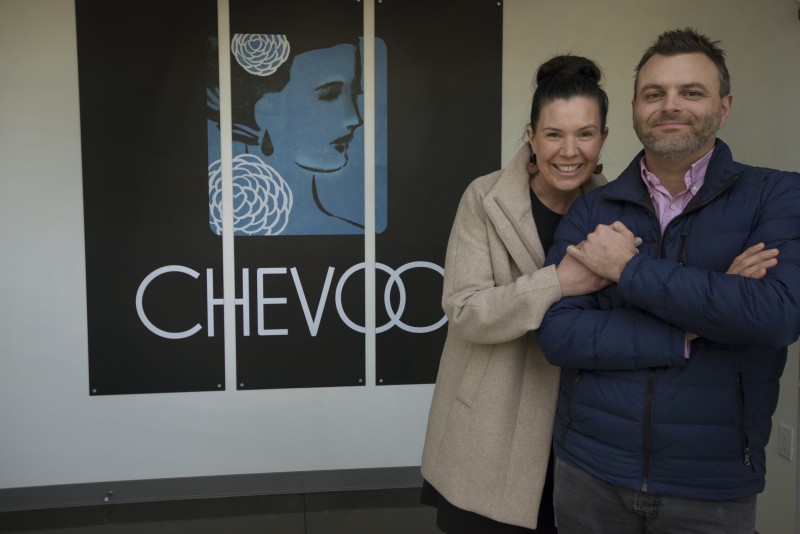
Flavored cheeses deliver so much impact, they actually can be used in place of sauces and dressings, particularly when marinated. Sonoma County chef and Bauman College culinary program director Jacquelyn Buchanan recently created a recipe for Laura Chenel’s, for example, tossing heirloom tomatoes with Cabécou, torpedo onions, basil, sea salt, ground pepper, balsamic vinegar and drizzles of the cheese’s own herbed oil.
The specialty goat cheese market is poised to grow even more, Tuck says. Indeed, nationwide, between 2015 and 2016, milk goat inventory grew to 375,000 head, up three percent, according to the United States Department of Agriculture (USDA). In 2015, milk goats numbered 39,000 in California, the USDA reported, with the state ranking just behind Wisconsin for goat’s milk sales.
“Consumers are moving decisively away from industrial foods toward healthier and tastier artisan foods made locally,” Tuck says, noting that Chevoo plans to reach 1,500 to 2,000 stores this year.
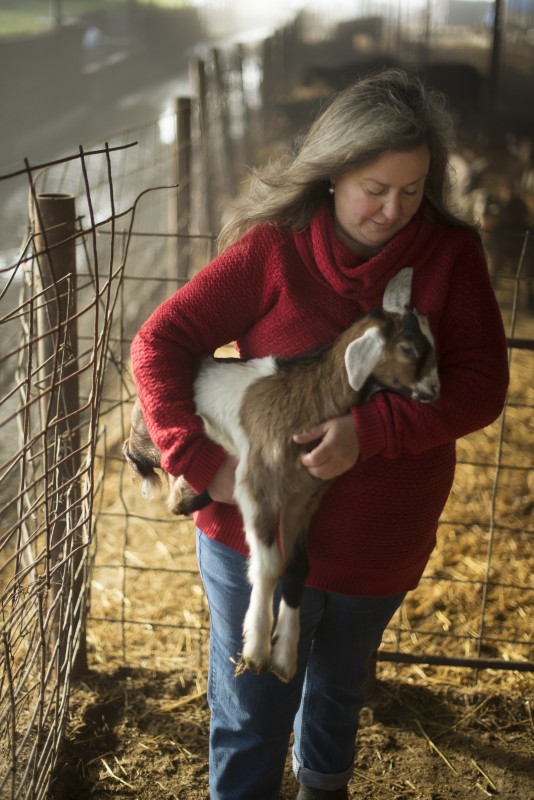
Part of the burgeoning appeal, Pacheco believes, is an increased consumer focus on diet, and the cheese’s increasingly more sophisticated crafting.
“People know goat’s milk is easier to digest,” she says. That’s because goat’s milk is naturally homogenized, meaning the fat globules are already broken down, unlike cow’s milk — and goat’s milk proteins also are dierent, so someone who is allergic to cow’s milk can often drink goat’s milk.
“On top of that is the fact that today’s cheese doesn’t taste goat-y, like the goat’s milk cheese I had in the ’70s,” she adds.
At Achadinha, Pacheco makes Capricious, an aged goat cheese handrubbed with olive oil and aged for over a year, a feta and her best-selling Broncha.
“The Broncha was inspired by [my husband] Jim’s parents both being from Portugal, and making their own cheeses with a great deal of care and passion,” she says. The mild, mold-ripened cheese picks up delicate flavors from local breweries’ spent grains fed to the goats, and is aged for up to four months, bringing distinctive bleu notes.
Beyond those captivating milk flavors, there’s another factor that explains goats’ broad appeal, the cheesemakers say: They’re so darn cute. The Pachecos host popular springtime farm tours and cheesemaking classes, aording opportunities to get close to the 250 frisky, funny creatures who call the pastures home. “We have a mixture of goat breeds, but my favorite girls are Nubians, because they let you know they need love,” Pacheco says.
The Bice family, meanwhile, happily captures their 300 or so certified humanely raised goats on film for the world to enjoy. Zimba, a particularly charming Alpine, was the face of Redwood Hill until she died of old age in late 2015, posing for postcards, magazine ads, a semitrailer truck mural, and on a cheese shop poster in the 2010 Jennifer Lopez film “The Back-up Plan.”
The appeal is universal, it seems. The latest USDA study of the U.S. goat industry, in 2009, found that besides profit, 44 percent of all dairy goat operations rated “fun” as a very important reason for raising goats.
And that’s certainly tasty news.
achadinhacheese.com redwoodhill.com chevoo.com



